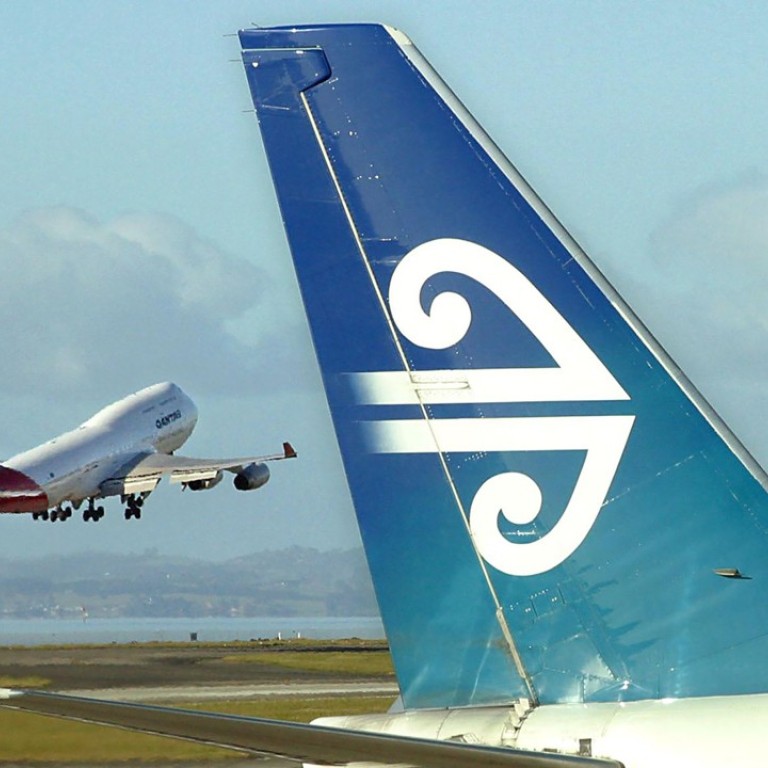
Why Chinese tourism to New Zealand suddenly dipped
Tourism industry says some delayed travel to New Zealand waiting for the availability of a new visa
Tourism groups in New Zealand are confident the Chinese market is in good shape after a sharp slump in numbers and spending in the past year.
But operators and industry groups say the large recent year-on-year growth is unlikely to return as the visitor mix changes.
In the year to September, Chinese spent NZ$1.425 billion (US$1.01) here, an 18 per cent drop on the previous year.
Numbers from China slumped in June, with holiday arrivals down 15 per cent to 11,000 on the same month in 2016.
A surge in the number of airlines flying to New Zealand from China during the last four years had resulted in double-digit growth and China remains on track to overtake Australia as our most valuable tourism market within the next five years.
Tourism Industry Aotearoa chief executive Chris Roberts said the sudden slowdown around the middle of last year was felt not only in New Zealand but around the world.
“In 2017, the incredible growth in Chinese outbound travel suddenly slowed.
At the same time, New Zealand caught up with our competitors by offering a five-year multi-entry visa.”
While a welcome move, it led to some Chinese delaying their travel to New Zealand until the visa became available halfway through the year.
Roberts said the market had recovered strongly since July.
“And the visitor mix has changed with the majority of Chinese visitors now FIT – free independent travellers. They are more likely to come at different times of the year, visit more regions and stay longer.”
New Zealand was a niche destination, attracting just over 400,000 out of 140 million overseas trips taken by Chinese a year, and is highly thought of.
“We are not likely to return to the 30 per cent to 40 per cent annual growth out of China we saw a few years ago, but we can expect steady and good quality growth.”
New Zealand’s profile would be further boosted by the Year of China-NZ Tourism in 2019.
Tourism Export Council chief executive Judy Chen said rapid growth in numbers couldn’t last.
She too put the sudden dip down to the visa changes and also welcomed the change of the visitor mix.
“We knew the double-digit growth was never going to be sustainable forever. It is really a change in visitor behaviour and the type who are coming,” she said.
“It is one of the first times we’ve seen the FITs overtake the group market so that drop in groups naturally means slower growth but there’s more value and that’s what the country wants.”
Independent travellers were also more likely to go to the regions, a big part of Tourism New Zealand’s plan to encourage spending in more places throughout the country.
“So it’s not just your typical three-day itinerary that we used to get.”
There were still concerns about the supply of hotels, especially around Chinese New Year next month.
“I think it’s going to be another big one,” said Chen.
“There is a whole surge around that time so it is about managing that demand sustainably. There are new hotels coming online but a number of them won’t be in place this summer.”
Read more: Chinese love the fresh air but not hotel charges
Managing director of China Travel Service, Lisa Li, said it was good to promote New Zealand as a destination for higher-spending Chinese tourists but facilities had to be up to scratch.
“My only concern is the quality — the feedback from some of our customers is that they are paying a premium and they expect high quality service,” she said.
Throughout Asia, the hotels had facilities of a very high standard with good service.
“It’s harder to change the facilities [in New Zealand] but something we can do is change the service,” she said.
“We are getting more expensive so the expectations are getting higher and higher.”

